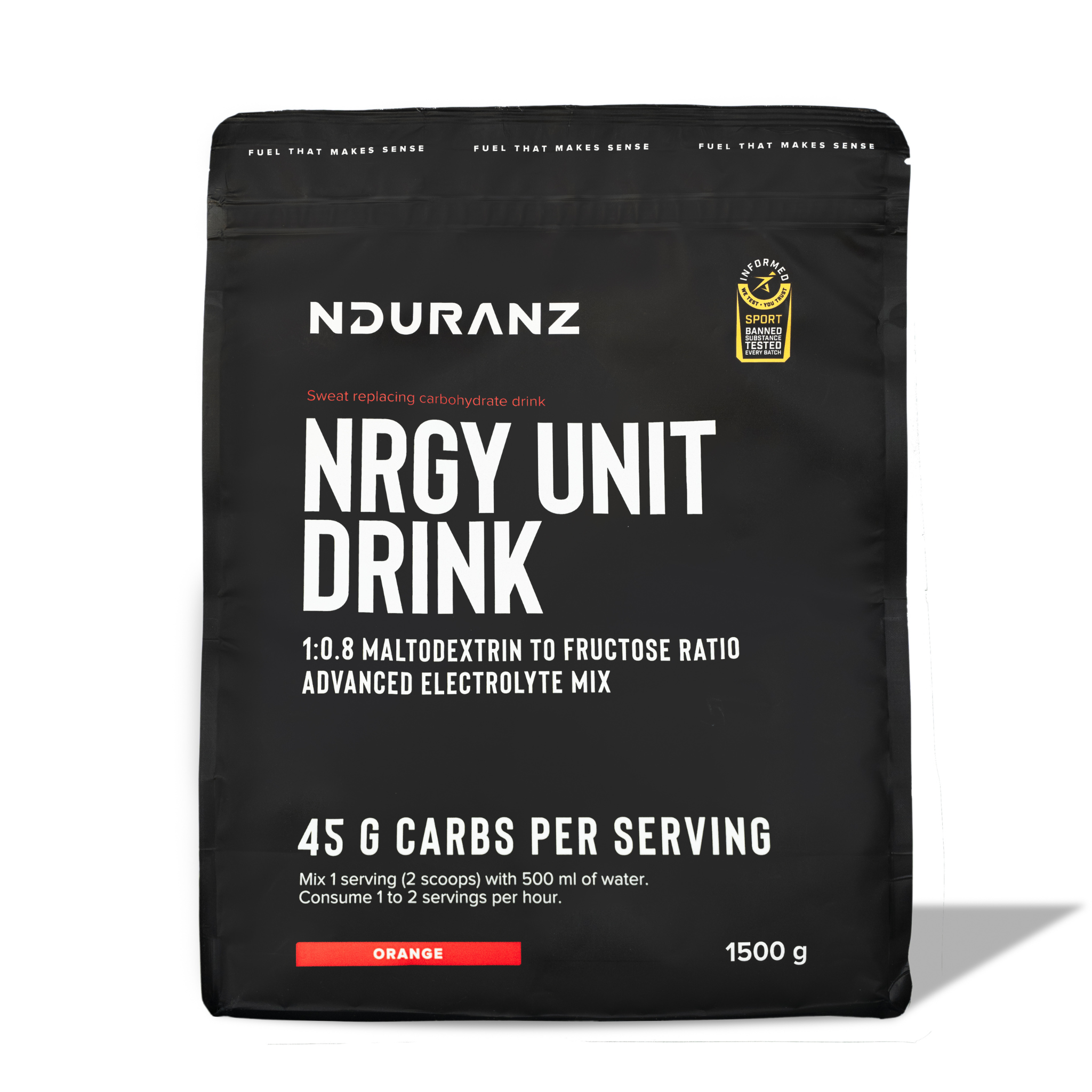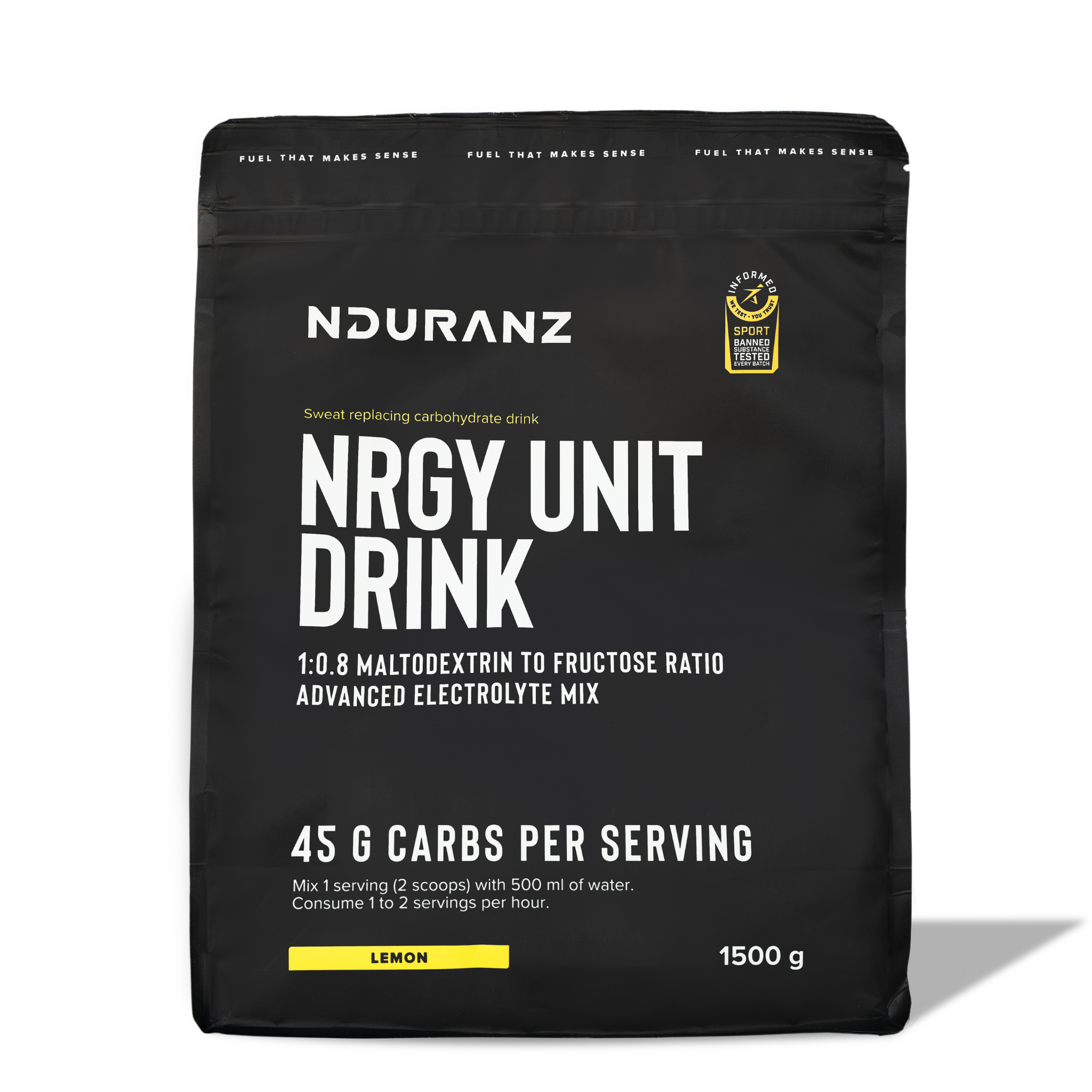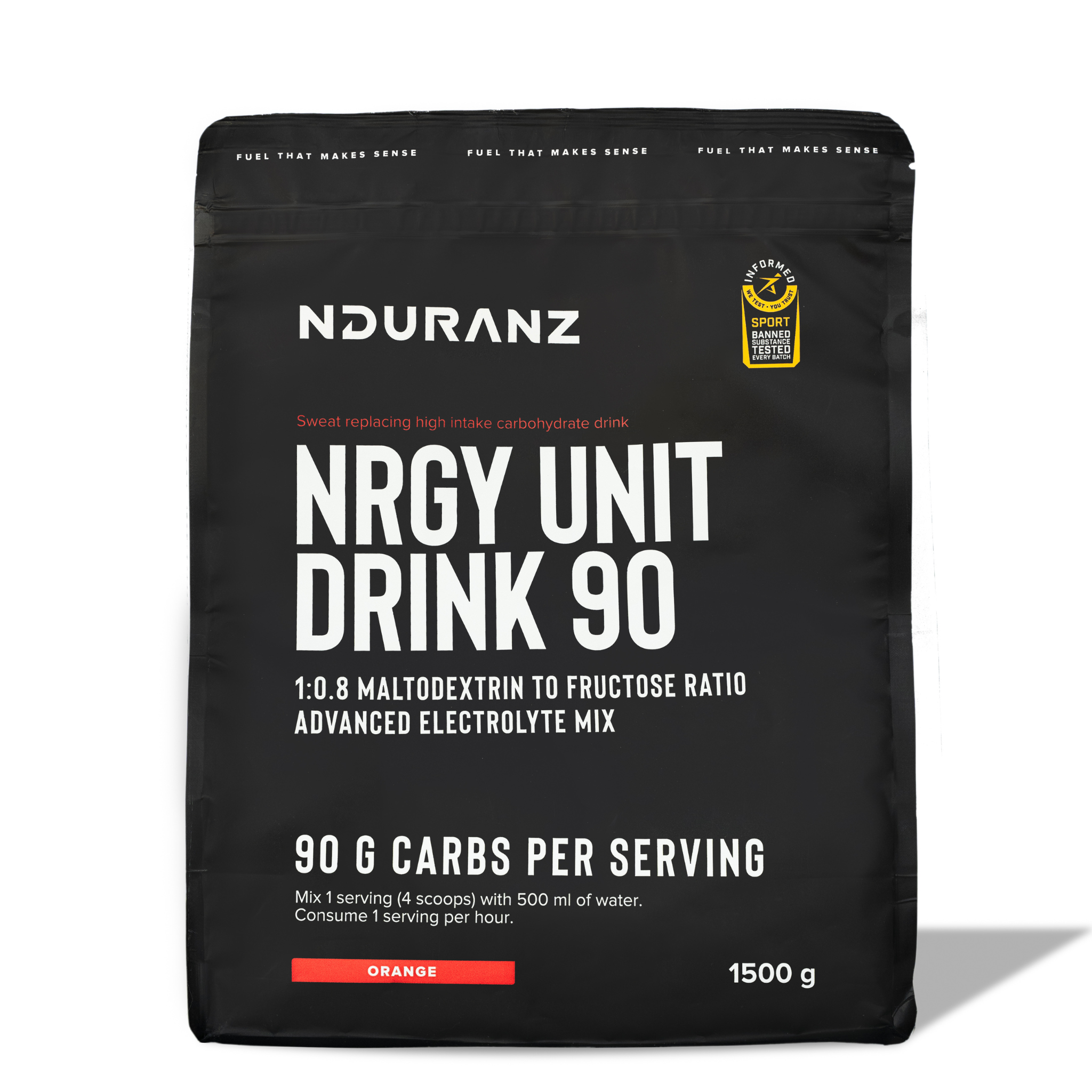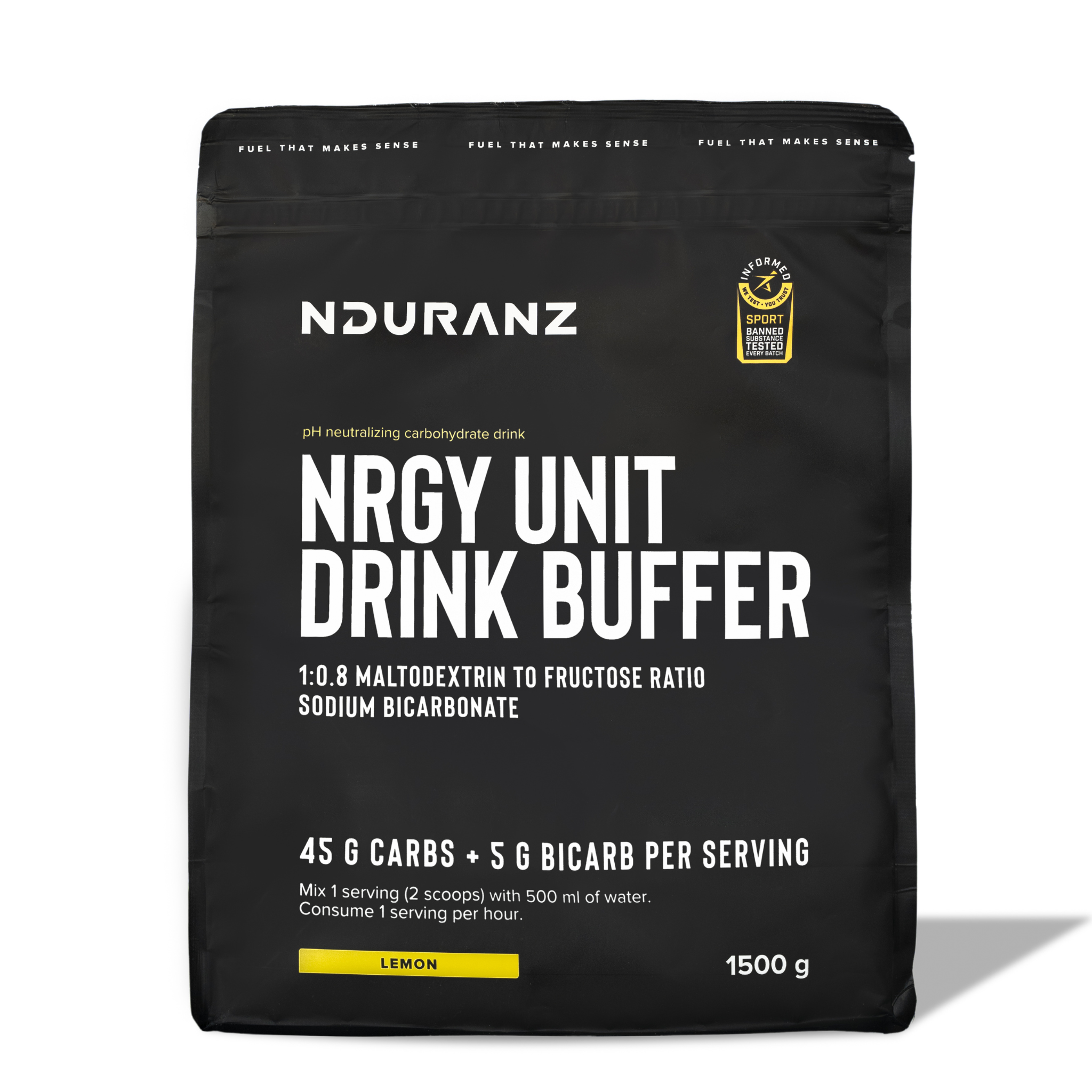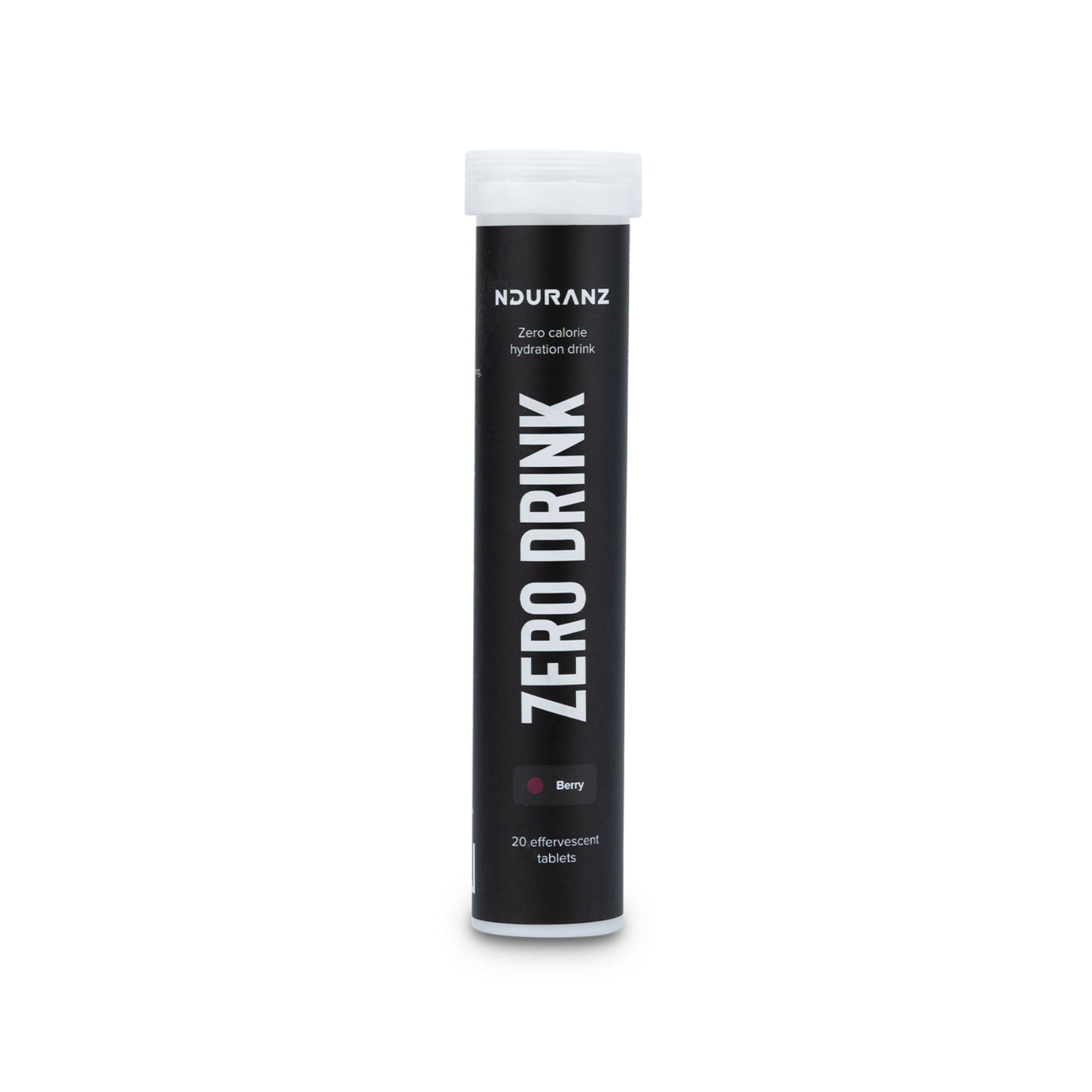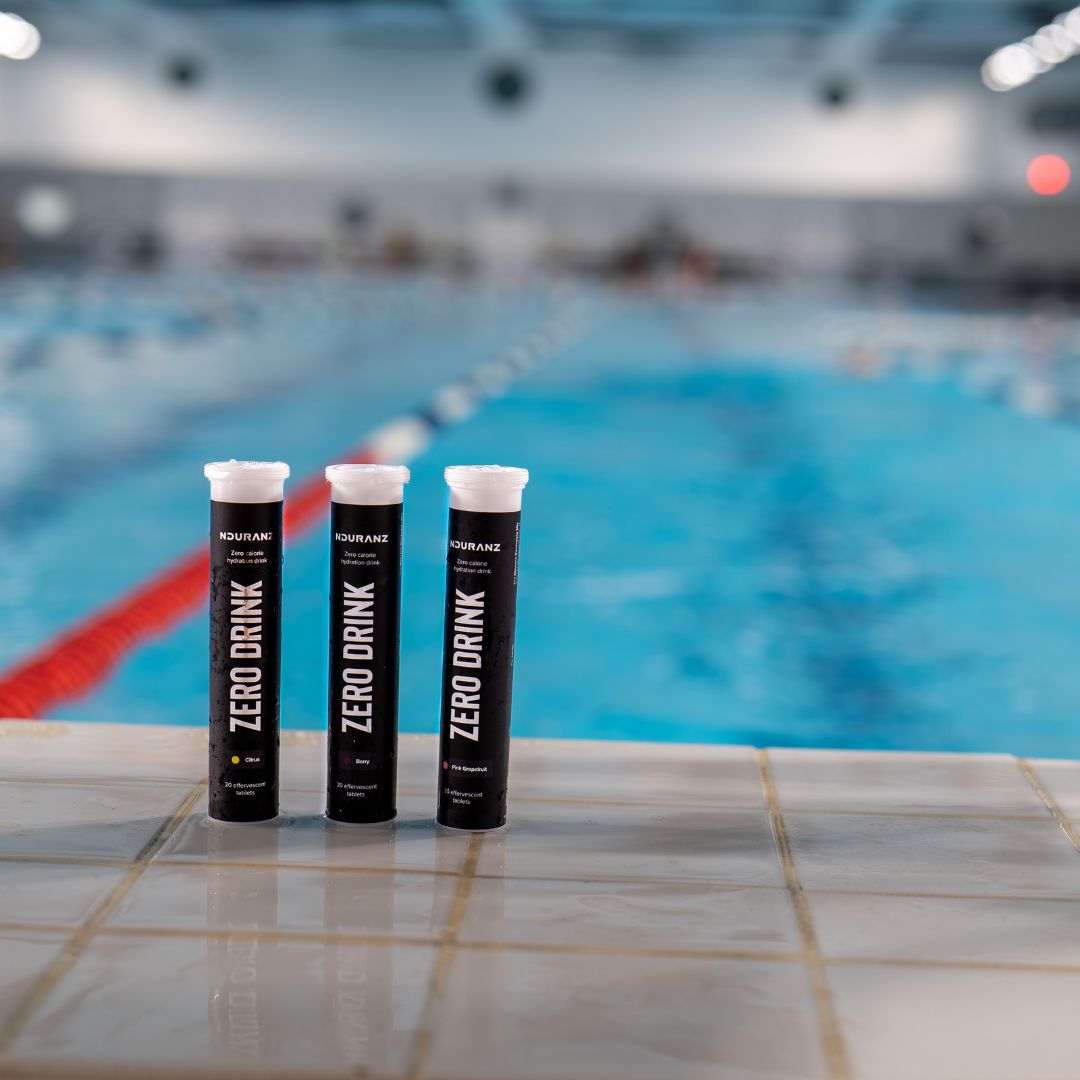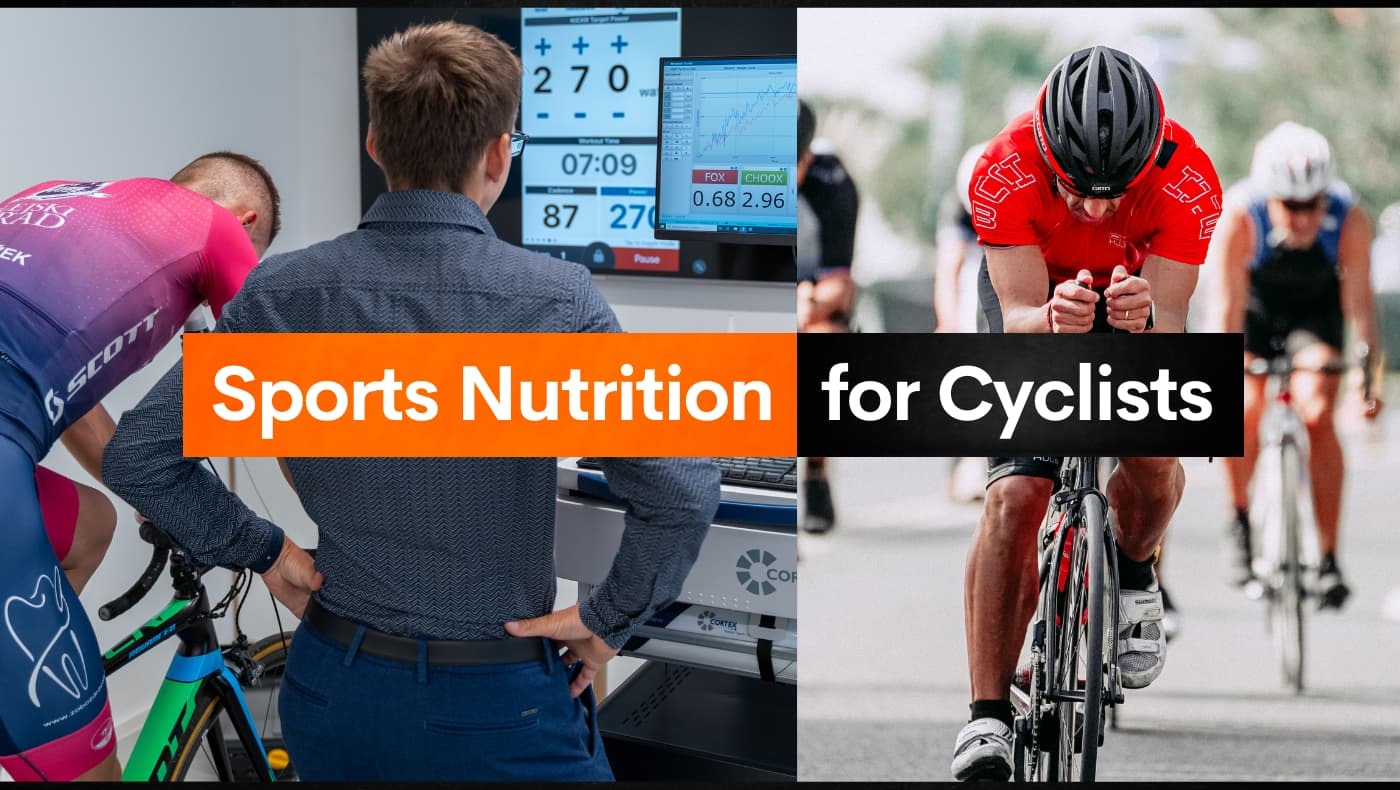Metabolism Fundamentals
Prof. Asker Jeukendrup, nutrition advisor at the Dutch cycling team Lotto Jumbo (Primož Roglič is part of that team) often stresses that proper nutrition will not make an average athlete elite, but that poor nutrition will make an elite athlete average.
To know sports nutrition, you must know metabolism.
Your muscles need energy. They get this energy from food. After you eat it, some of the ingested energy is used, and some of it is stored. If you use more energy than you consume in a day, you will lose body weight. And if you consume more than you use, you will gain body weight.
Your body is a large energy storehouse. The largest stack of energy is in the fat, and your body contains approximately 40 thousand calories stored in fat. This is enough for 4 days of high-intensity cycling at Tour de France.
Fat is not stored only in the adipose tissue, which represents by far the largest energy store in the body, but also in the muscles. While fat stored in the muscles is a tiny part, it's still a very important source of energy.
Similar to muscle glycogen, fat muscle stores provide energy for muscle work.
Carbohydrate stores are much smaller. They are stored as glycogen and make up about 2000 calories, which won't last you a single cycling stage.
Glycogen is stored in your liver and your muscles. The liver glycogen is mainly used to maintain constant levels of glucose in your blood, and is used to provide energy for various organs, kidneys, muscles, brain etc.
Muscle glycogen stores are used solely to fuel muscles. For instance, glycogen stored in your arms cannot be used to fuel your legs.
There is an ongoing debate what is better - fat or carbohydrates?
- The stores of fat are larger, and the body is able to make us of it. But this only works in aerobic processes, which means your body needs oxygen to use fat as energy.
- The stores of carbohydrates are much smaller, but the body can use them in anaerobic processes as well, which means you can get energy even when there is not enough oxygen around.
Let us give you an example.
When you start sprinting, your body needs quite some time to adjust the breathing to the required rate. This means that in the first part of each activity, energy is provided by anaerobic energy processes - that means glycogen.
For this reason, it is of key importance that your body can get energy through processes that don't require oxygen.
If you could only use fat, exercise intensity would be very low.
On average, you can use only 0.6 gram of fat per minute, which amounts to merely 324 calories per hour. As you will soon see, this is not nearly enough for high-intensity activities.
It should be noted that if you consume less than 50 grams of carbohydrates per day, you can use up to 1.5 gram of fat per minute, which amounts to a little more than 800 calories per hour.
 Dr. Tim Podlogar is constantly looking for ways to improve the efficiency of sports nutrition for cyclists, which reflects on Nduranz products.
Dr. Tim Podlogar is constantly looking for ways to improve the efficiency of sports nutrition for cyclists, which reflects on Nduranz products.
However, as glycogen stores are limited, it is important that athletes are able to utilize both fats and carbohydrates and do so efficiently.
Sports Nutrition
What is sports nutrition?
Maybe you think of supplements you get from specialized stores - whey protein, caffeine, creatine, beta-alanine etc.
But this is only one part of sports nutrition, and not even the most important one.
More important is:
- the quality of food you consume,
- the quantity of individual nutrients,
- the timing of food consumption.
These days sports nutrition is not about specialized products but rather mostly about getting ordinary food that normal people consume daily, but in quantities and ratios appropriate for athletes. This way athletes can enjoy the taste of real food and get all the required nutrients.
Many cycling teams follow this trend. As you can read here, they have trucks with kitchens and professional chefs who prepare healthy meals for them, avoiding processed foods and unhealthy dietary supplements.
 Nrgy Unit Drink is based on the latest research to provide you optimal fuel during intense exercise. Slow down glycogen consumption without stomach issues or muscle cramps.
Nrgy Unit Drink is based on the latest research to provide you optimal fuel during intense exercise. Slow down glycogen consumption without stomach issues or muscle cramps.
Energy Consumption
One of the most important aspects of sports nutrition for athletes is to sustain adequate body weight in accordance to schedule and plans.
To do this, you must be aware of your energy consumption.
Research shows that we usually overestimate the amount of energy spent during exercise, which can lead to a gain in body weight, something you obviously don't want.
The table below shows the approximate amounts of energy spent during one hour of cycling on flat terrain without wind at various speeds and body weights.

Energy consumption is also affected by:
- Your position in the group (being first requires a lot more energy)
- The inclination (the higher it is, the more energy it requires)
For example, a 70-kilogram cyclist at 20 km/h and 2.5% inclination would burn 772 calories per hour. At 5% inclination, the number rises to 1019 calories. At 7.5% inclination, the number is 1246 calories.
A useful tool to measure energy consumption is a power meter, which allows the computer to precisely calculate the amount of calories you burned.
On the contrary, an incorrectly setup heart rate monitor is not particularly helpful, as it measures relative effort instead of absolute effort. You might have a lower pulse at a certain speed, but this doesn't mean your energy consumption is lower because changes in efficiency are negligible.
Nutrition during exercise
It has long been known that carbohydrate availability during exercise that lasts several hours is a crucial limiting factor.
In other words, you'll get tired if you don't consume enough carbohydrates.
On the other hand, you will not experience a lack of fat, which means fat is not a limiting factor. It also means you don't need to consume fat during exercise.
Consumption of carbohydrates during exercise increases your endurance and prolongs time to exhaustion (TTE).
Consuming carbohydrates during exercise increases your time to exhaustion for two reasons:
- It allows you to preserve your glycogen stores.
- Carbohydrates are ergogenic and act similarly to caffeine.
Therefore, during long-lasting exercise you need to consume carbohydrates to preserve your energy levels.
The carbohydrates come in three forms:
- Carbohydrate drink
- Energy gels
- Food (bars, sandwiches etc.)
They are all based on carbohydrates, and hence there is no surprise to see that there is no difference in efficiency of these fuels (Study 1, Study 2).
The only difference is in solid foods because they contain fat and fiber, which can delay digestion and cause stomach issues.
 Our energy gels are designed to provide you with proper fuel during intense exercise. They give you high energy availability and replace the minerals you lose in your sweat without causing digestive issues.
Our energy gels are designed to provide you with proper fuel during intense exercise. They give you high energy availability and replace the minerals you lose in your sweat without causing digestive issues.
Some athletes report stomach issues after using energy gels, so there is no recipe what source is the best. The main thing is that you intake enough carbohydrates that suit you.
Sources of Carbohydrates
Research shows a connection between endurance and carbohydrate intake.
Top-level athletes try to consume as many carbohydrates as possible during high-intensity exercise.
The problem is that your digestive system has a limited capacity to transport carbohydrates into the bloodstream. Learn more about training your digestive system for high carbohydrate consumption.
In the digestive system, carbohydrates are broken down into simple sugars: glucose, fructose, and galactose.
Dietary supplements almost exclusively contain glucose, but lately some products emerge which also contain fructose. Learn more about the carbohydrate ratio used in our products (hint: it's a combination of glucose and fructose in a 1:0.8 ratio, which according to research is the optimal ratio for best absorption).
Since galactose is generally not used in sports nutrition, we will discuss only glucose and fructose.
Glucose and fructose use carbohydrate transporters to get from the small intestine into the bloodstream.
There is a limited number of these transporters available, and research shows that the body is able to absorb 60 grams of glucose and at least 30 grams of fructose per hour.
This is where the recommendation to consume 60 to 90 grams of carbohydrates per hour comes from.
According to research, top-level athletes should aim to consume up to 90 grams of carbohydrates per hour in a combination of glucose and fructose.
In case the carbohydrate intake is higher, they will remain in the digestive system without getting absorbed, possibly causing stomach issues.
How Many Carbohydrates?
Research shows that it is possible to consume approximately 90 grams of carbohydrates per hour.
But should you?
Definitely not.
Your intake depends on:
- Duration
- Intensity
- Goal
The longer the exercise, the more carbohydrates you need.
This image represents the recommended intake based on duration.

The higher the intensity, the more carbohydrates you need.
Exercise intensity can drastically increase your need for energy.
Looking at the example of a pro cyclist, riding in the slipstream on flat terrain opposed to riding uphill alone can almost double the energy requirement.
Your goal affects your carbohydrate intake.
In a race, you clearly want to consume as much energy as possible to prevent running out.
On the other hand, such an approach might be counterproductive during training sessions. Your goal might be to increase fat consumption or train at low intensity. In either case, a high carbohydrate intake will hinder your goal.
Research has often shown that consuming carbohydrates right before exercise might reduce its efficiency.
What about protein, amino acids, and fat?
Amino acids are the components of protein.
So far, research shows no benefit to ingesting protein or amino acids during exercise.
Similarly, fat is also not needed, as the body has enough of it stored.
Food intake must be periodized
There is a new term being used in the world of sports nutrition - periodization of sports nutrition.
It is about structuring the diet so that your diet before an exercise session is designed for the demands of the upcoming session. For instance, an intense training session requires lots of carbohydrates, whereas an easy recovery session does not.
Not long ago, it was considered best for an athlete to consume large amount of carbohydrates, little fat, and a medium amount of protein.
But research has shown that this is not always the best approach, as a high carbohydrate availability may reduce adaptations to exercise.
Athletes who practice periodization of sports nutrition perform many training units without any carbohydrate intake.
This does not mean that they are on a high-fat diet. On the contrary, carbohydrate intake still prevails, the only thing to change is its distribution.
Let's look at some principles of periodization of sports nutrition:
- The intake of carbohydrates must be adapted to exercise intensity and duration: high-intensity and very long activities require high amounts of energy, which means you need high carbohydrate availability.
- Some training session are performed on an empty stomach: research shows that exercise on an empty stomach, that is without ingestion of carbohydrates, stimulates the body's ability to use fat; nevertheless, it is still recommended to consume 20 grams of protein and some fat.
- Introduction of the "training low" method: some low-intensity training sessions are performed with low muscle and liver glycogen stores; you achieve this by not consuming carbohydrates after exercise but only protein and fat; this way, you perform the next training session with almost depleted glycogen stores, which stimulates adaptations to exercise.
The following table shows the recommended intake of carbohydrates for athletes:

Body Mass Loss
Periodization of carbohydrate intake is a valid strategy to lose body weight.
This strategy allows you to train in energy deficit and is used by most professional cyclists these day.
When losing body weight, it is important to keep the protein intake relatively high and that the daily deficit is not higher than 500 calories. You must also consume enough essential nutrients, which also includes fat.
Protein
Protein is your body's building material.
The body can use protein to acquire energy, but because protein is important, it is hesitant to do so.
Until recently, protein hasn't been discussed much in endurance sports, as it was considered unimportant. Today, we know that's not true.
Research shows that an endurance athlete requires at least 1.7 gram of protein per kilogram of body mass and many times during very hard competition periods, athletes consume even up-to 3 grams of protein per kilogram of body mass per day.
Make sure your meals contain plenty of protein. This allows your muscle to recover and adapt to the training load.
Fat
We keep saying fat is not needed during exercise. And that's true.
But this doesn't mean they are not an important macronutrient in a cyclist's diet. On the contrary, their intake is of vital importance to allow your body to function properly.
The most important is the intake of omega-3 fatty acids, found primarily in fish.
Other healthy sources of fat are: avocado, nuts, seeds etc.
Conclusion
In this article, we discussed the sports nutrition for cyclists.
You have learned:
- Metabolism fundamentals - the importance of glycogen stores, how they function, how to use them to your advantage.
- The importance of the food you consume and the timing of consumption.
- Energy consumption based on your body weight and exercise intensity.
- The importance of proper fuel, i.e. carbohydrates, during exercise.
- Periodization of sports nutrition - when to ingest carbohydrates.
- How to manage body weight while preserving athletic efficiency.
- About the other two macronutrients: protein and fat.
This gives you an overview of the most important aspects of sports nutrition. Hopefully this will allow you to become a more efficient athlete.
Want to learn more?
